Discover how Continuous C-axis Rotation on your machining electrospindle will improve efficiency and quality.
The five-axis advantage
For joinery companies with an eye on expansion, one of the most lucrative and logical growth strategies is to invest in five-axis machining capabilities. Whilst three- and four-axis machining is ideal for ‘bread and butter’ jobs such as windows, doors, standard staircases and furniture, introducing a fifth axis opens up new avenues. With a fifth axis to play with, manufacturers can tackle more specialist jobs such as twisted hand rails, spiral staircases, curved chair backs, spindles and balustrades.
Not all five-axis electrospindles are created equal however. Conventional belt-driven spindles can only rotate 720 degrees (just under two full revolutions) before their movement is hindered and the spindle has to retract, rewind and restart. This impacts efficiency and as the belt wears, finishing quality diminishes.
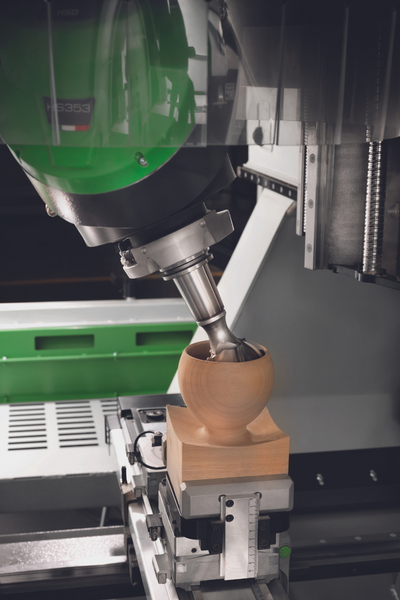
Engineered to enable endless rotation
By contrast, Biesse utilises a five-axis electrospindle that can rotate freely without having to stop and reset itself. This is enabled via the innovative design of the c-axis on the HSD spindle utilised on the Rover machine. The c-axis is engineered to facilitate continuous rotation of the head in the vertical and horizontal axes and is driven by a brushless motor rather than a belt. Consequently, this clever electrospindle will work all around the workpiece without having to rewind itself. The use of a brushless motor rather than a belt also means there is no decline in performance over time from wear and tear.
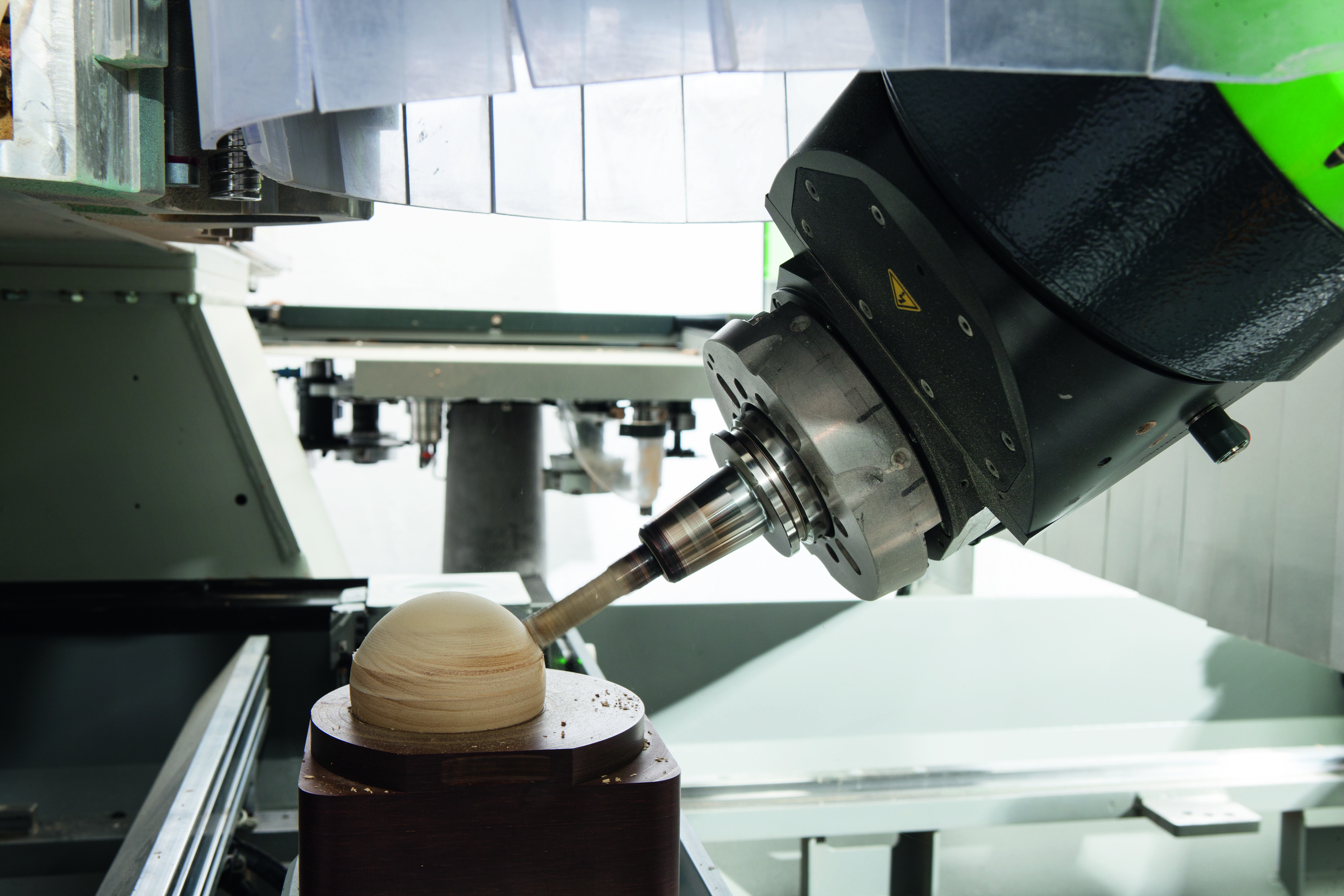
What are the benefits?
There are two main benefits to utilising a spindle with continuous rotation in CNC applications: increased productivity and finishing precision.
Cycle time is reduced considerably because there is no ‘dead’ time while the spindle is stopping, unwinding, and resetting. Added to this, there is no dip in productivity while the head is decelerating and accelerating as it stops and restarts.
Whilst reduced cycle time is an important advantage, the quality finish that can be achieved with repeatable precision is the primary benefit of this feature. Continuous rotation leaves no dwell marks on the object, eliminating the need for further finishing. Additional finishing is not only time-consuming and expensive, but also introduces a potential for human error. Carrying out all finishing on the machine is more efficient and produces a defect-free superior quality finish that is consistent and repeatable.
These innovative electrospindles are designed and manufactured by HSD, Biesse’s mechatronics division, and a world leader in excellence within the mechatronics sector.


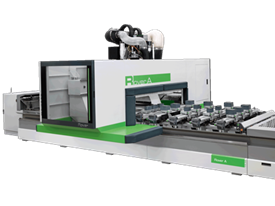
.png)
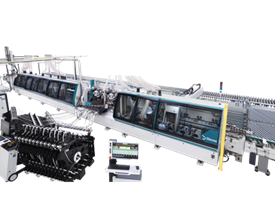
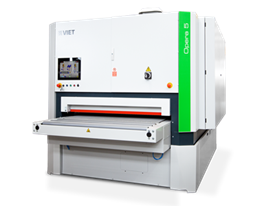
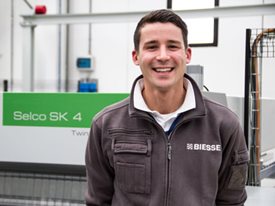
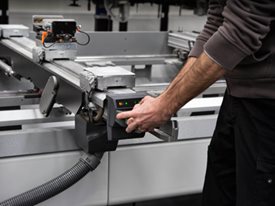

 Worldwide
Worldwide
 Italia
Italia
 United Kingdom
United Kingdom
 Россия
Россия
 France
France
 中国
中国
 Asia
Asia
 Deutschland
Deutschland
 España
España
 Schweiz
Schweiz
 North America
North America
 India
India
 Australia & New Zealand
Australia & New Zealand
 Türkiye Cumhuriyeti
Türkiye Cumhuriyeti
 Middle East
Middle East
 Brasil
Brasil